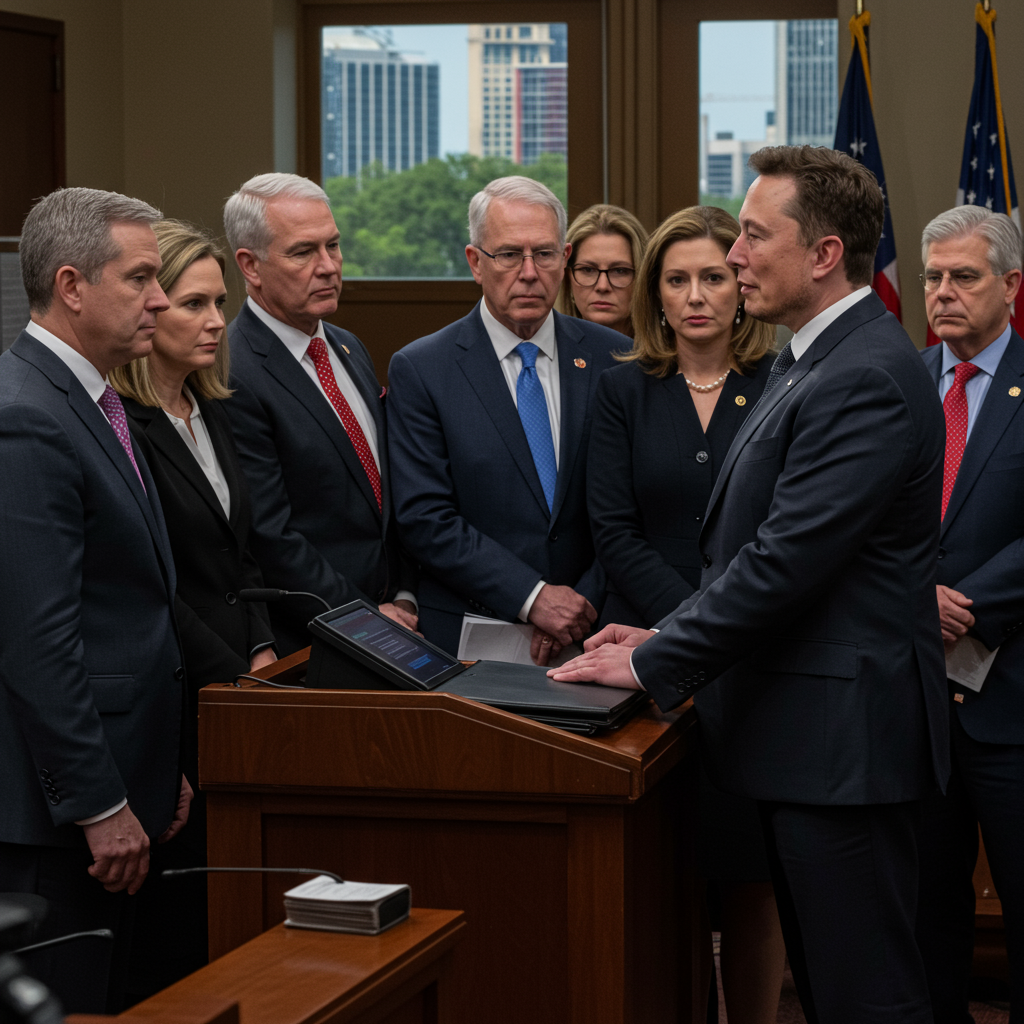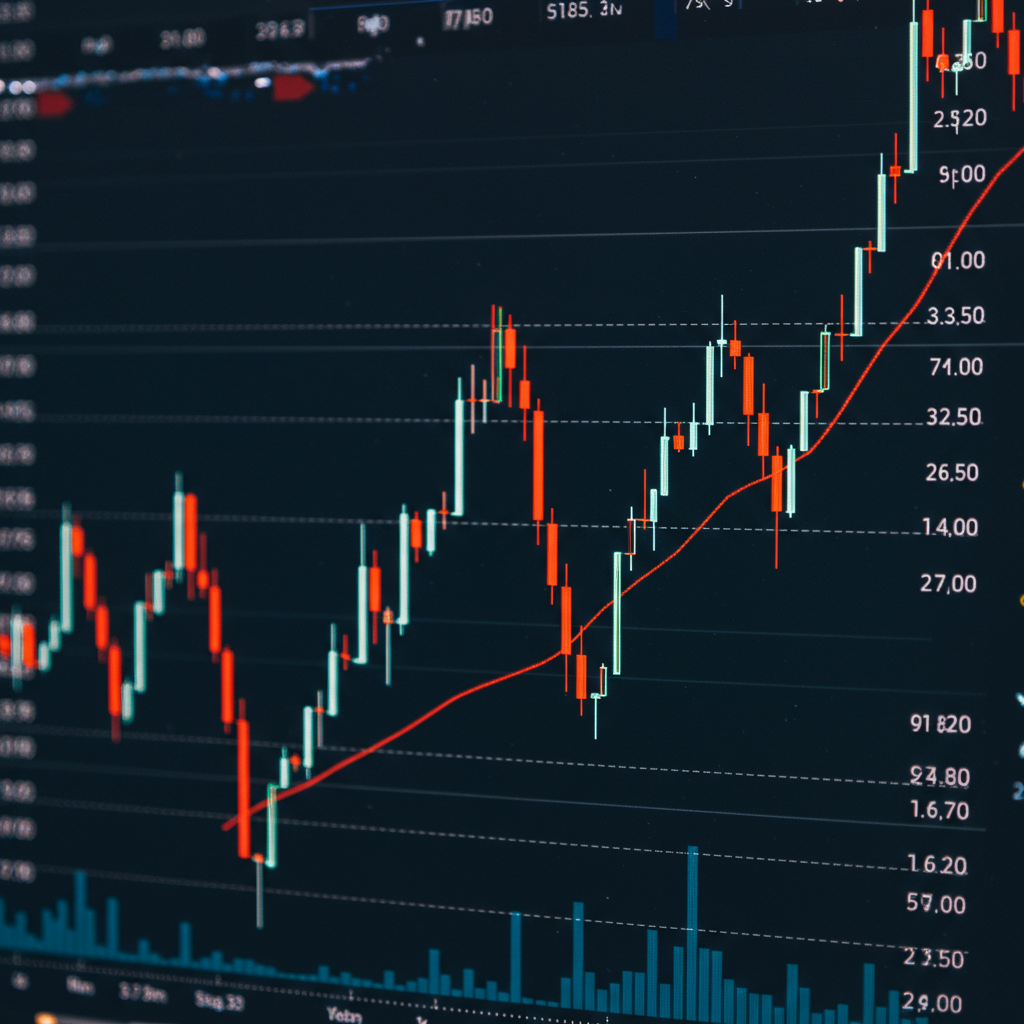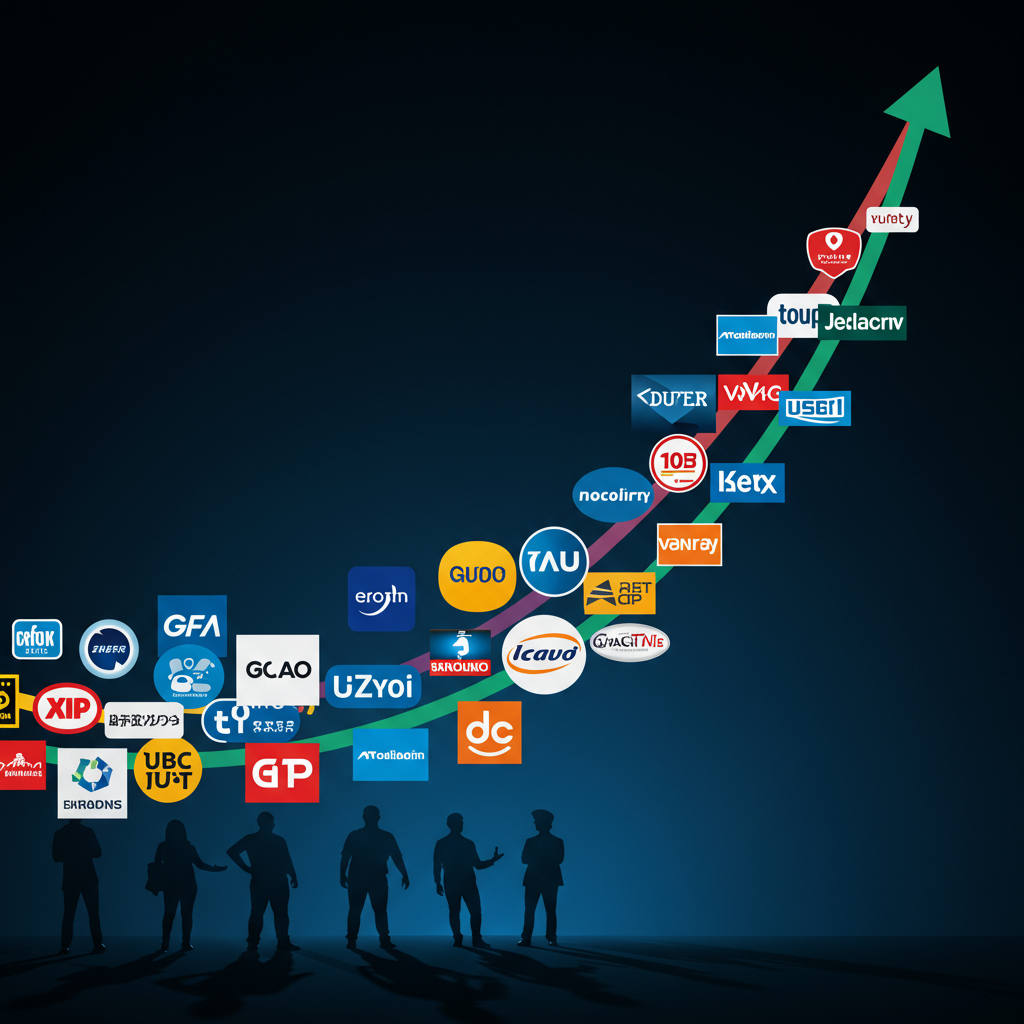Austin, TX — A planned tentative launch of Tesla’s self-driving “robotaxi” service in Austin this Sunday is facing significant pushback from Texas lawmakers and safety advocates. A group of Austin-area Democratic state representatives is urging Tesla CEO Elon Musk to postpone the rollout until stricter state safety regulations take effect in September.
Elon Musk recently announced on social media platform X that Tesla plans to kick off the robotaxi service with a small fleet of around 10-20 vehicles. He indicated the initial operations would be limited to what Tesla considers the city’s “safest areas,” stating the company is approaching the deployment with “extreme paranoia” and will avoid navigating intersections unless highly confident. Musk also shared an ambitious vision, suggesting the first robotaxi could be ready for customer delivery by the end of June and predicting hundreds of thousands nationwide by the end of 2026. He claimed prior testing with a safety driver present saw “essentially no interventions.”
Lawmakers Demand Delay Until New Safety Rules
Despite Musk’s assurances, several Democratic state lawmakers, representing the Austin delegation, remain concerned. In a formal letter sent this week to Tesla’s director of field quality, Eddie Gates, they requested the delay until September 1, 2025.
The September 1 date is crucial because it marks when a new Texas state law governing autonomous vehicles is scheduled to go into effect. This updated legislation introduces more stringent requirements for companies deploying fully driverless cars on public roads.
What the New Texas Robotaxi Law Requires
The forthcoming law mandates that autonomous vehicle operators must:
Obtain formal authorization from the state Department of Motor Vehicles (DMV).
Certify their vehicles are safe for public operation and can operate with minimal risk in case of technology failure.
Demonstrate compliance with traffic laws and relevant federal standards.
Ensure vehicles are properly insured and registered.
Equip vehicles with recording systems.
Provide detailed plans and instructions for first responders on how to handle emergency situations involving the autonomous vehicles.
State Senator Sarah Eckhardt emphasized that these regulations are designed to ensure thorough testing and build public confidence in the safety of autonomous vehicles for everyone on the road. Lawmakers argue that waiting for this framework to be in place is essential for public safety and building trust.
Safety Concerns Fueling the Pushback
The lawmakers’ plea is amplified by several ongoing safety concerns surrounding Tesla’s self-driving technology:
Technology Approach: Tesla’s autonomous system primarily relies on cameras, a stark contrast to competitors like Waymo, which utilize a combination of lasers (lidar), radar, and cameras for navigation and object detection.
Regulatory Scrutiny: Tesla’s Full Self-Driving (FSD) software has been under an open investigation by the National Highway Traffic Safety Administration (NHTSA) since October 2024 following reports of multiple crashes, including one pedestrian fatality. NHTSA recently demanded information from Tesla on how its robotaxis will handle collisions, poor visibility, and interactions with emergency vehicles.
Recent Test Failures: Adding to worries, a recent demonstration conducted by The Dawn Project, a public safety advocacy group, reportedly showed a Tesla operating on FSD software failing to stop for a school bus stop sign and hitting child-sized dummies multiple times. Dan O’Dowd, founder of The Dawn Project, criticized the software, stating it appeared to mistake the school bus for a truck.
While some transportation experts like Dr. Kara Kockelman of the University of Texas acknowledge concerns about Tesla’s “aggressive driving style,” they also note the potential for autonomous technology to improve safety over time, citing data from other operators like Waymo showing significant crash reductions.
The Alternative: Prove Compliance Now
If Tesla proceeds with the planned June 22 launch before the new law takes effect, lawmakers have an alternative request: provide a comprehensive report detailing exactly how the company’s initial robotaxi operations will comply with the upcoming* state requirements.
As of now, Tesla has not publicly responded to the lawmakers’ letter or media inquiries regarding the request for a delay or plans for compliance with the new regulations. The standoff highlights the tension between Tesla’s rapid deployment strategy and the push for robust regulatory oversight to ensure public safety as driverless technology hits city streets. This Austin launch is seen as a critical test, holding high stakes for Tesla’s future focused on autonomous capabilities like robotaxis.




